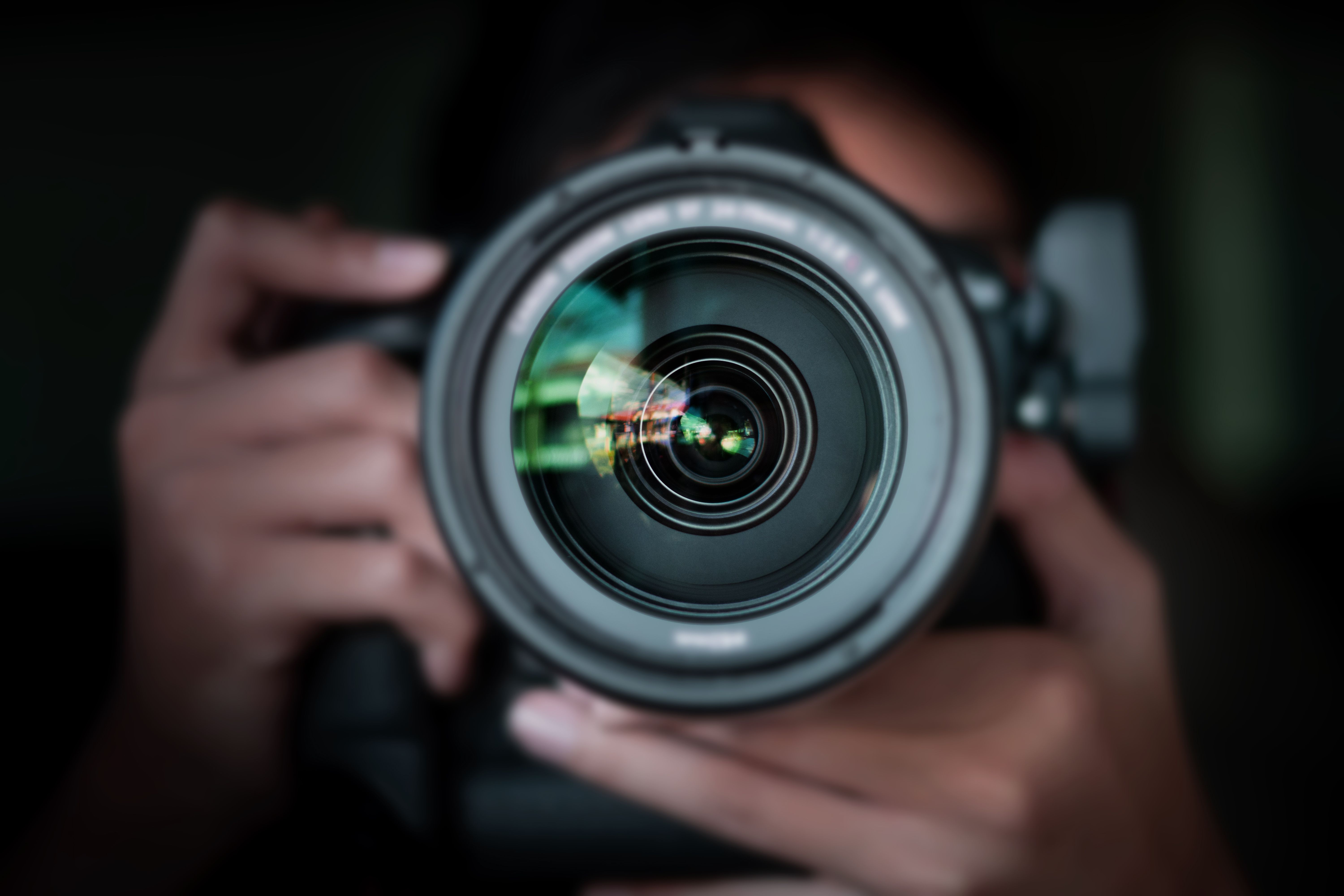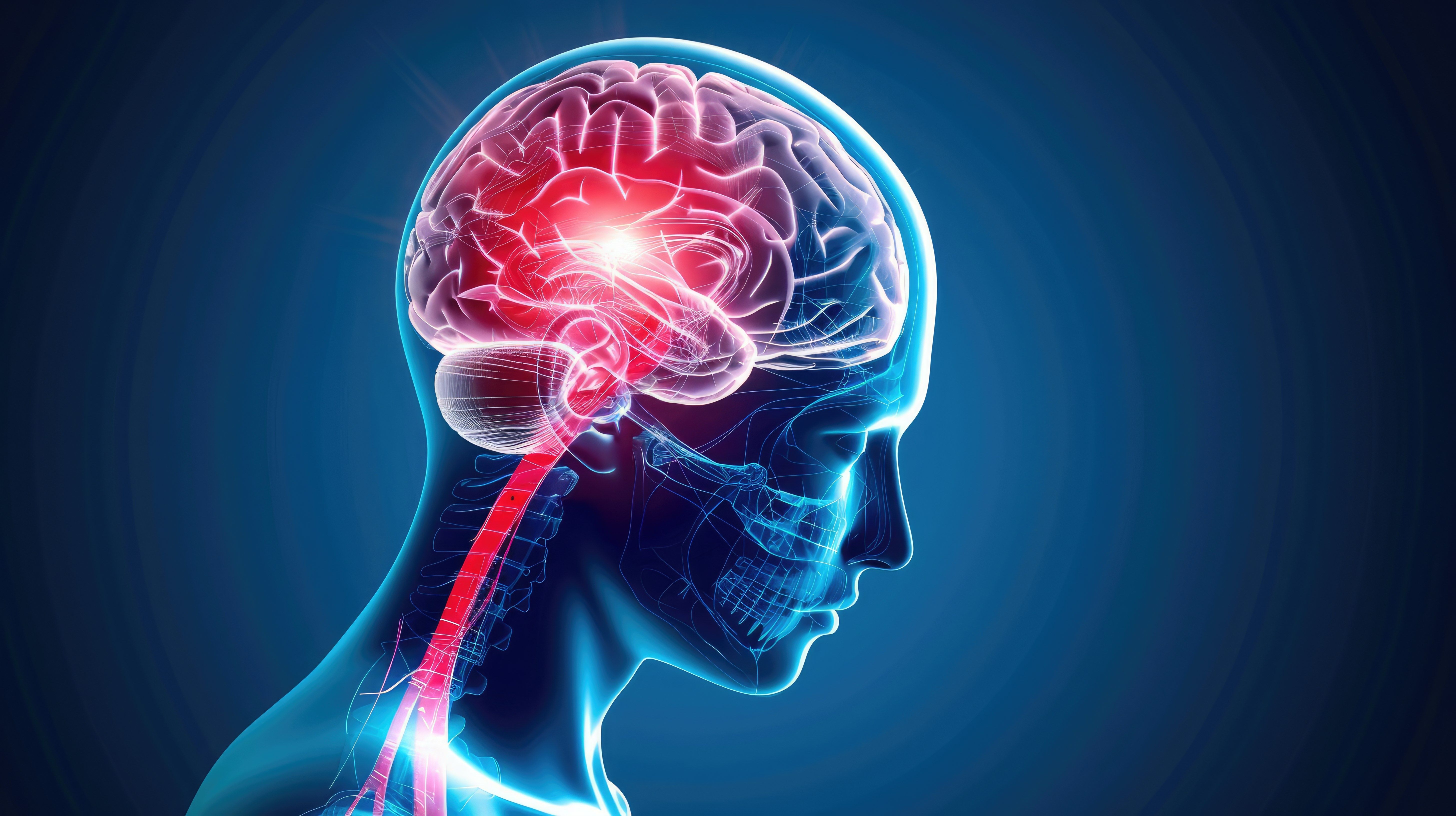Article
The Role of Pictures in Reducing Gun Violence
Author(s):
Is a picture really worth a thousand words? And, if so, is it what is needed to make a difference in gun violence reduction?
chathuporn/Adobestock

PSYCHIATRIC VIEWS ON THE DAILY NEWS
To address the concern and pessimism about achieving gun violence safety laws, new ideas are emerging. One idea is evoking a lot of media attention: whether to use photographs that admittedly portray the horrors of firearm violence in order to increase concern.
For me, some questions arise about using photographs to sway public and political opinion regarding gun violence:
- Would such photos actually cause people to “harden their hearts” and mentally dissociate from the issues if the image feels unbearable?
- Would such images cause secondary trauma in some viewers?
- Would the images inspire copycat actions by the contagion effect?
- Would the images be psychological harmful for those personally involved?
- Would such images spur enough individuals to take action?
Already, loved ones have seen the bodies of their killed children in Uvalde. Some victims are unrecognizable because of the bullets’ destructiveness, with their outfits being a way to identify them, like one child‘s green Converse shoes with a heart drawn on it.
Former Homeland Security Secretary Jeh Johnson advocates for publicly sharing pictures of the mutilated bodies of the children. He based this recommendation on “an Emmett Till moment,” referencing when, in 1955, Emmett Till’s mother insisted on an open casket at his funeral to show the world the horror of racism via his mutilated body. Doing so seemed to have an impact on the public’s conscience and contribute to the civil rights movement. Although whether it hardened the hearts of the white suprematists seems unknown.
Then there is the 1972 infamous photograph “Napalm Girl” from the Vietnam war. It was of a young girl running after she had pulled off her burning clothes; she had been yelling “Too hot! Too hot!” She was burned over 30% of her body and had a very difficult recovery, both psychologically and physically. The photo was thought to have helped bring the horror of that war home and to an eventual withdrawal by the United States.
There have been many other such emotionally powerful, but difficult, images used to move along issues: other war images, emaciated concentration camp survivors, heavy smokers unable to speak and, in some states, pregnant women seeking an abortion are forced to look at their fetal sonograms before allowing the abortion. Reaction to such images may also change over time.
Unfortunately, the research about the outcomes of such photography and imaging continues to be inconclusive.1 Clearly, the photos had the desired impact on some individuals, but not others. Nevertheless, if carefully designed, monitored, and researched, they may be worth trying in regard to gun violence given the failures of previous gun violence reduction methods.
Dr Moffic is an award-winning psychiatrist who has specialized in the cultural and ethical aspects of psychiatry. A prolific writer and speaker, he received the one-time designation of Hero of Public Psychiatry from the Assembly of the American Psychiatric Association in 2002. To create a better world, he is an advocate for treating mental health issues related to climate instability, burnout, Islamophobia, and anti-Semitism. He serves on the Editorial Board of Psychiatric Times™.
Reference
1. Sherer MD. Vietnam war photos and public opinion. Journalism and Mass Communication Quarterly. 1989; 66(2):391-530.






